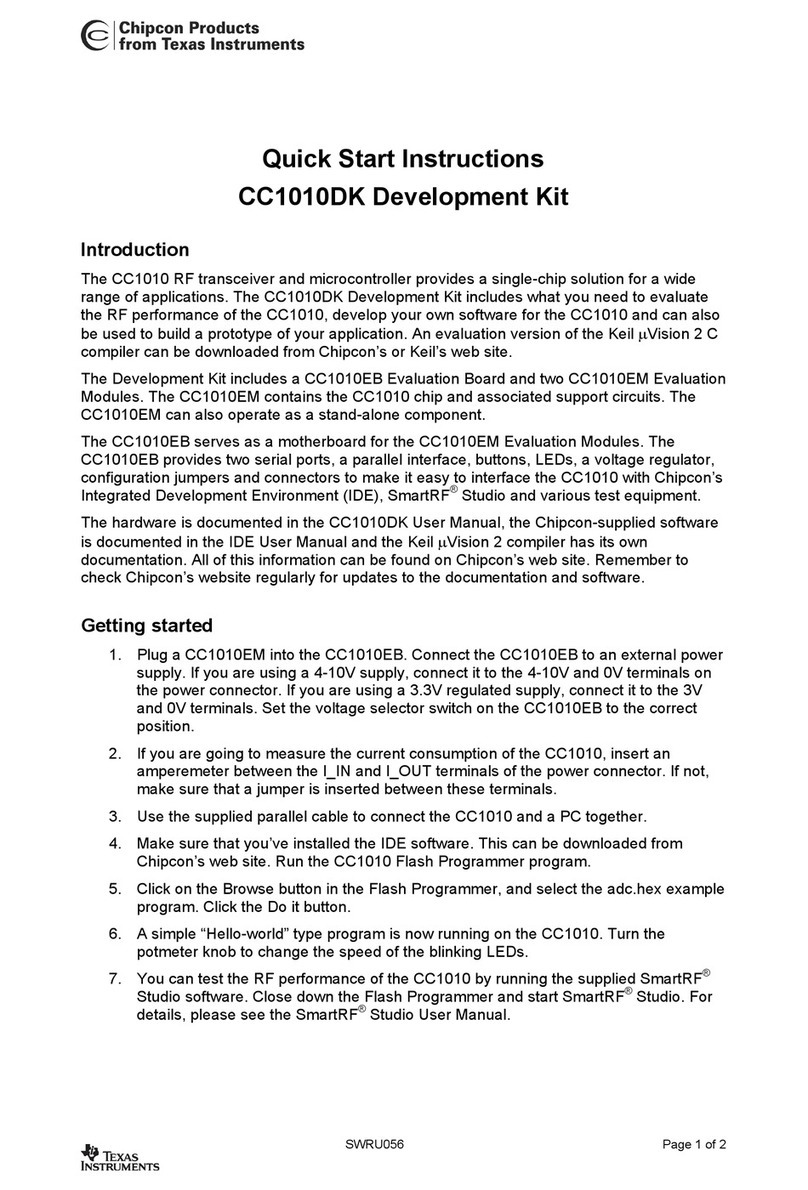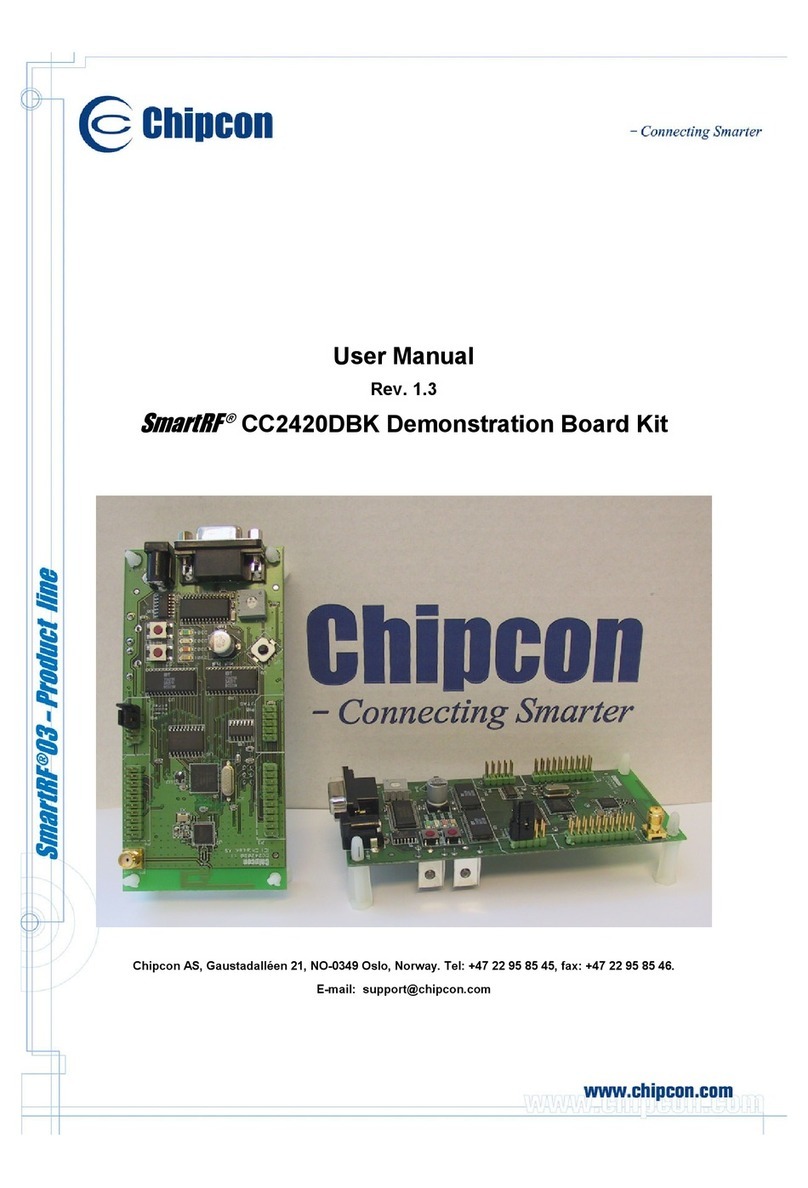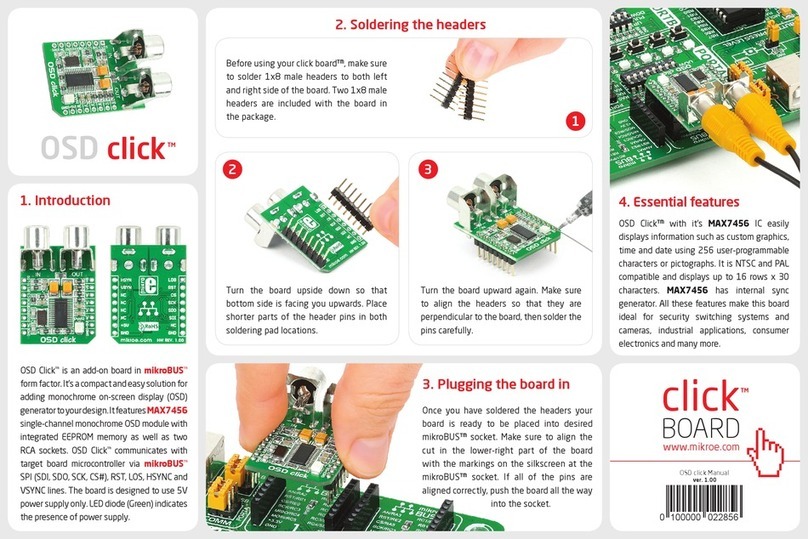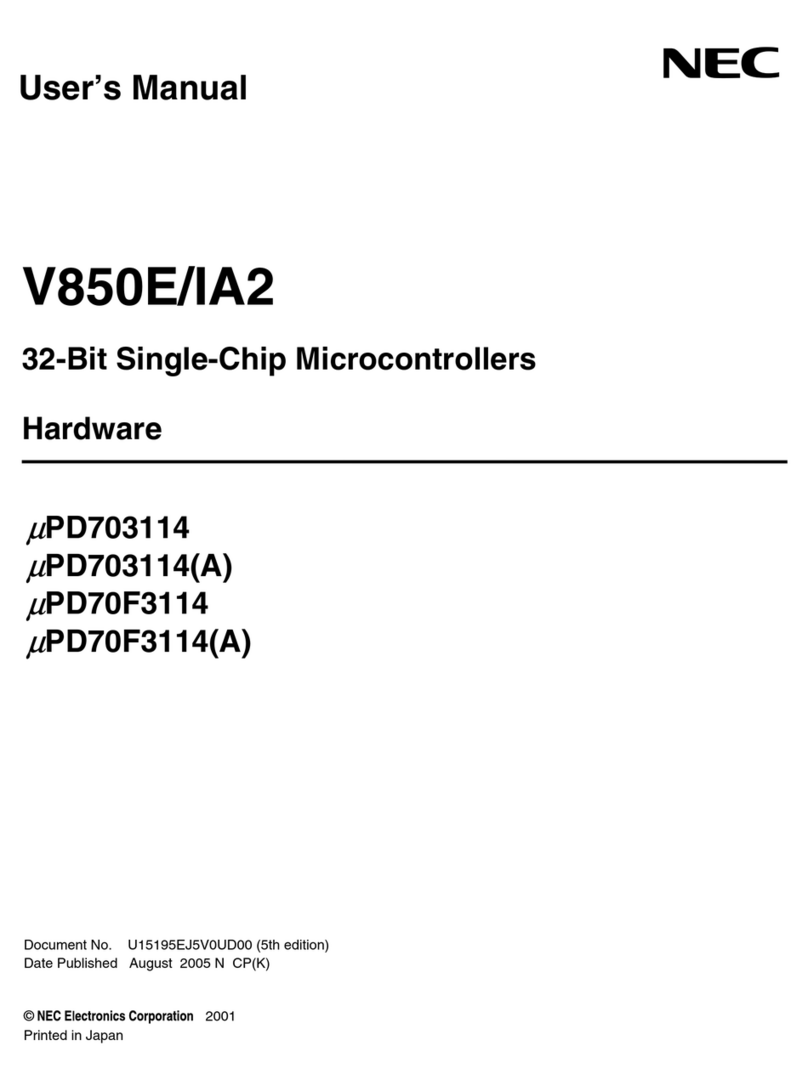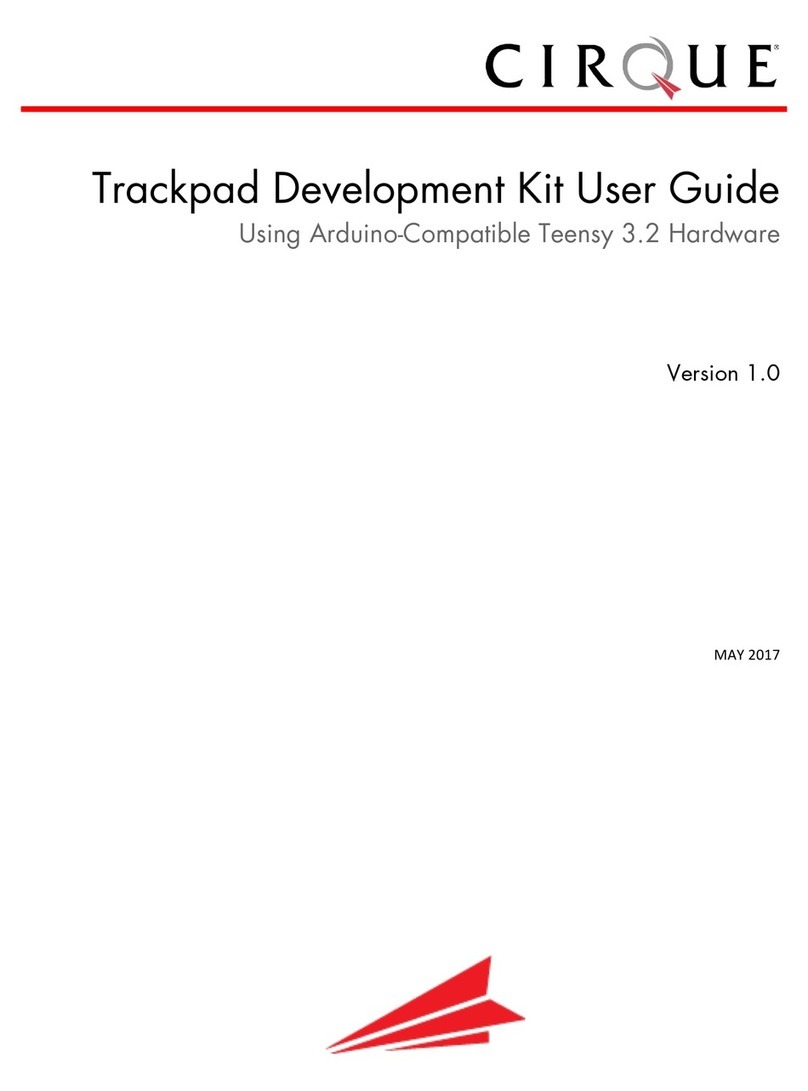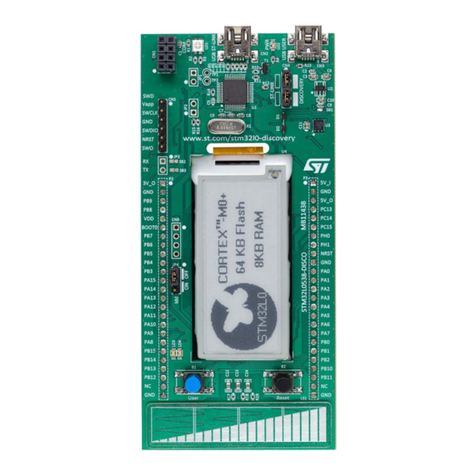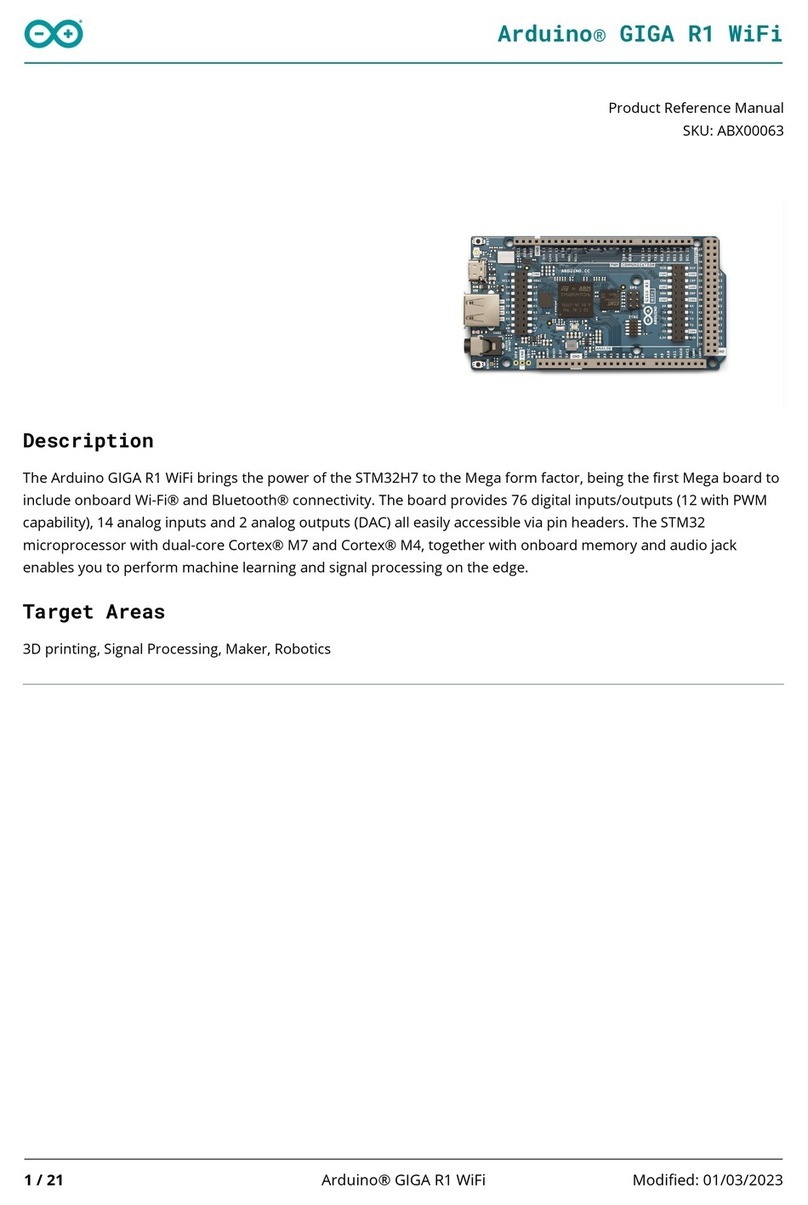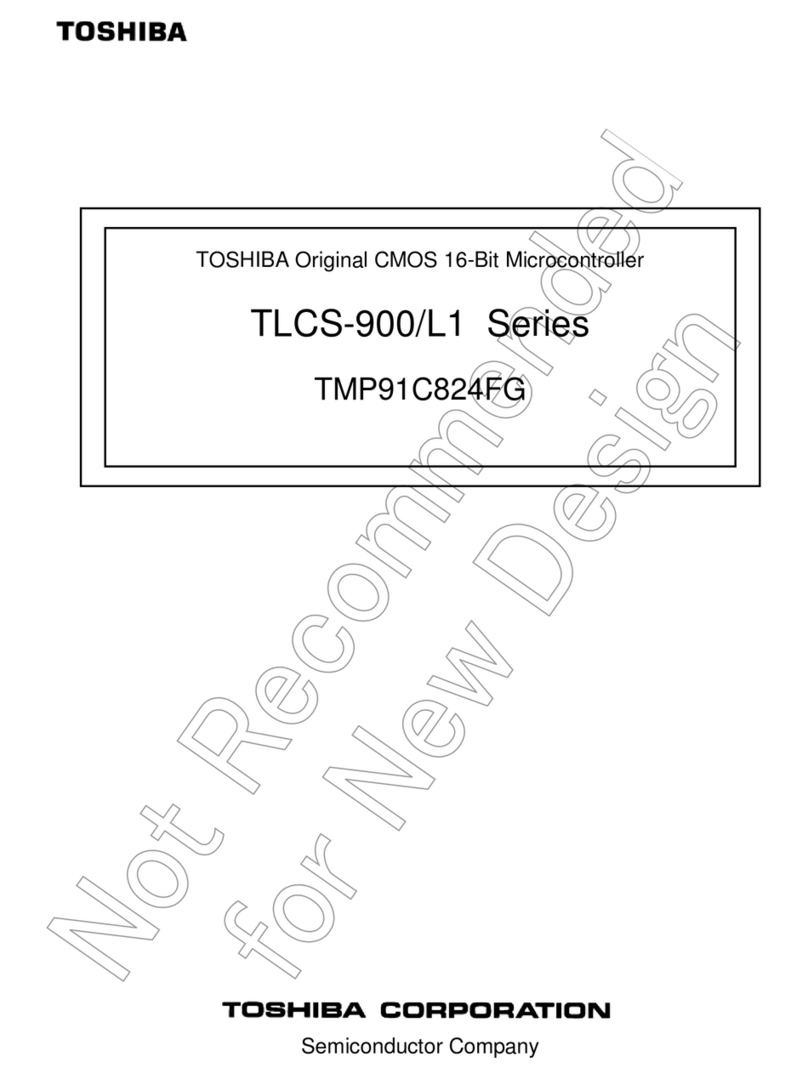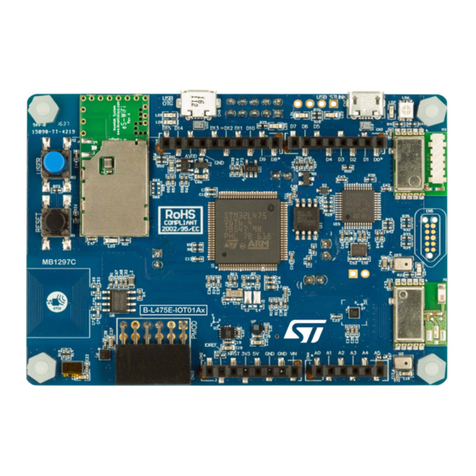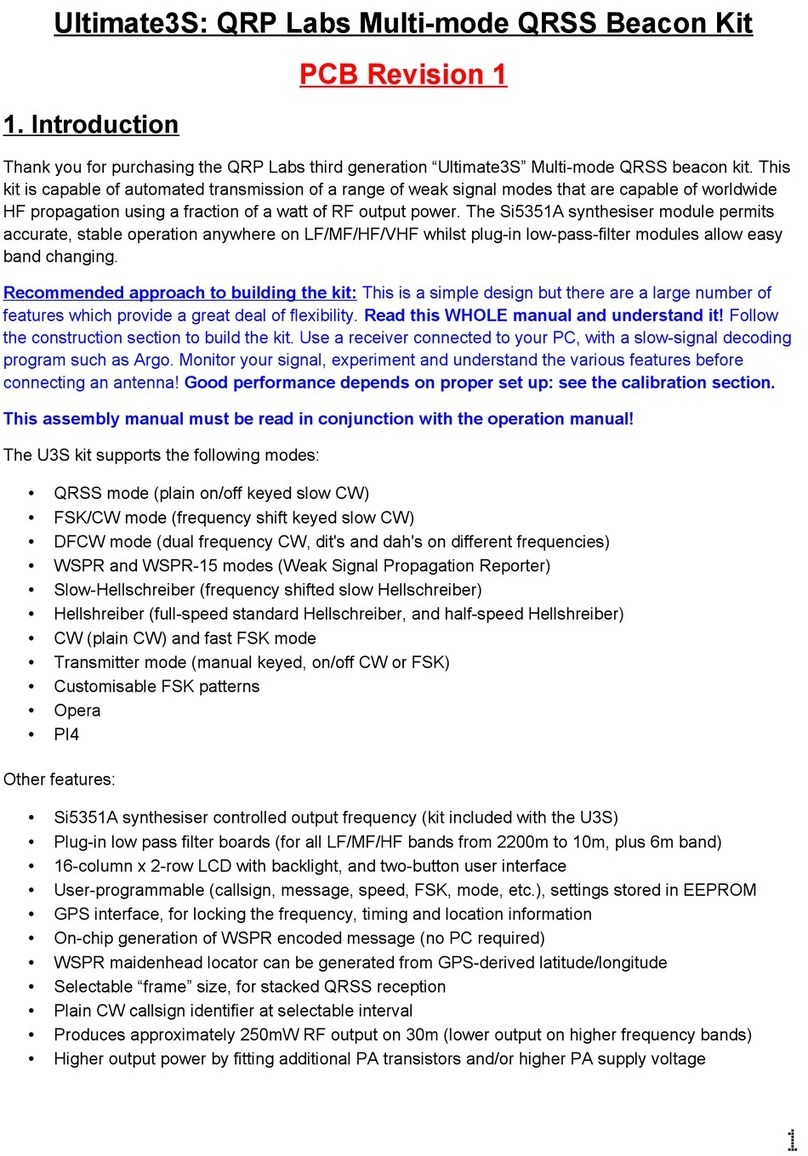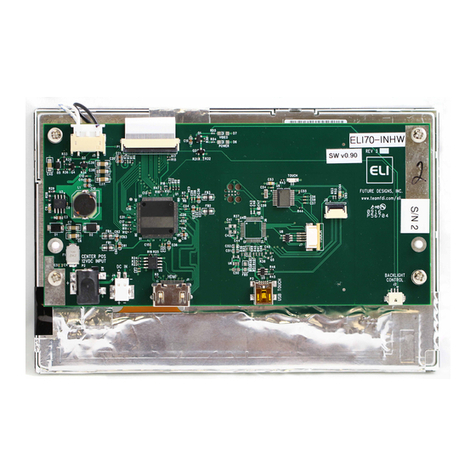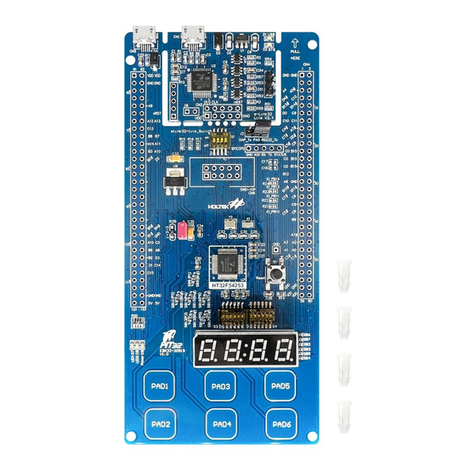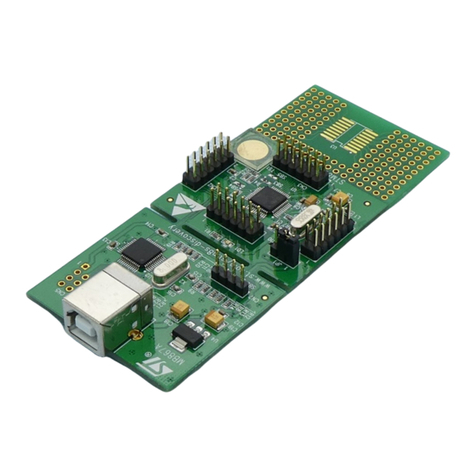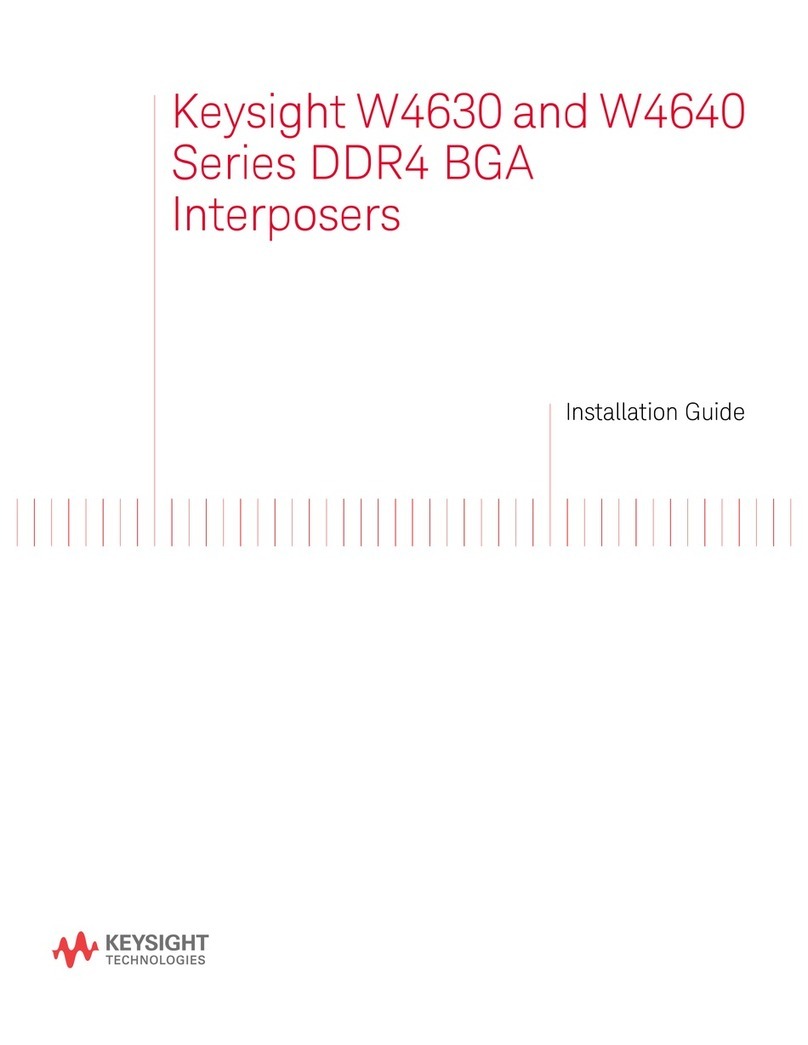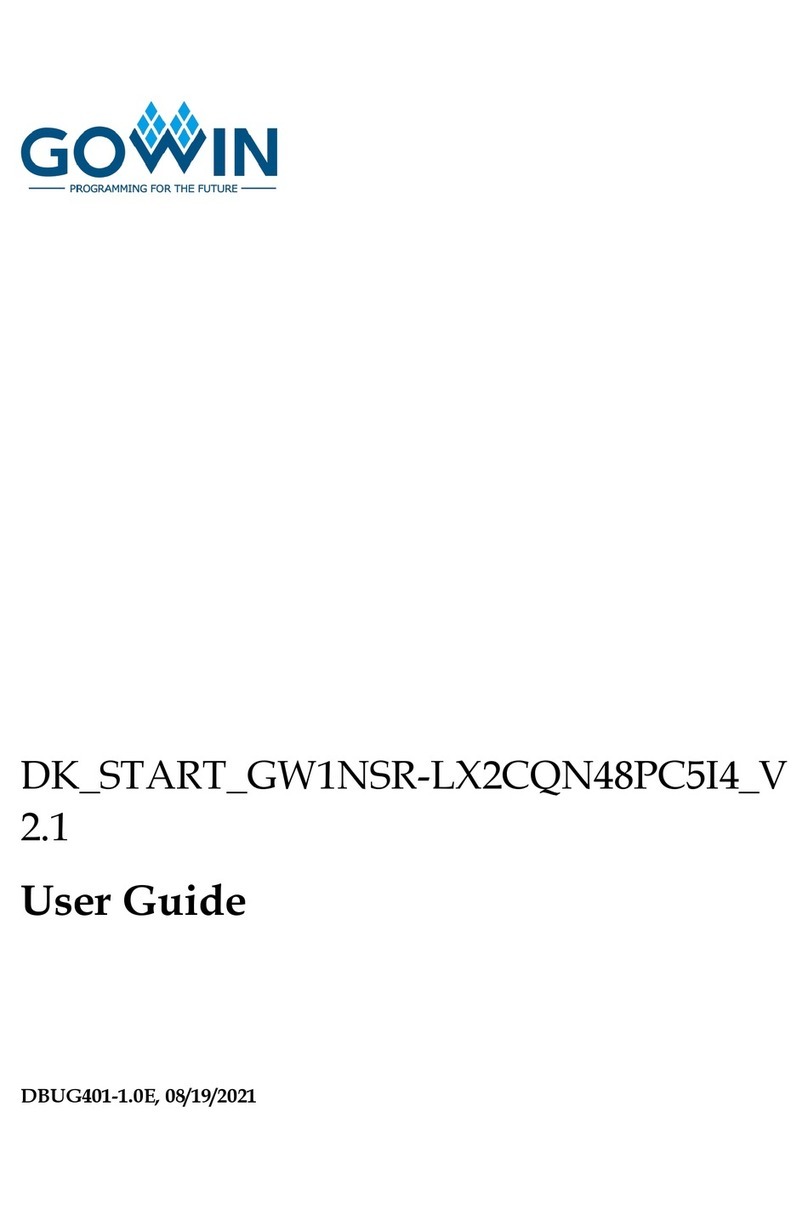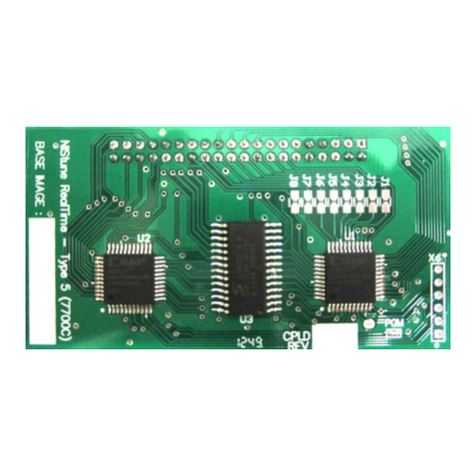Chipcon CC1000DK Programming manual

SWRU059 Page 1 of 2
Quick Start Instructions
Rev. 1.1
CC1000DK Development Kit
Introduction
The CC1000DK Development Kit is designed to make it very easy for the user to evaluate the
transceiver’s performance and in a short time develop his own applications.
The Development Kit includes two Evaluation Boards with a complete CC1000 transceiver,
voltage regulator and PC interface circuitry. Using the Evaluation Board connected to a PC
running the SmartRF®Studio software, various system parameters can be changed and
tested via software. The evaluation board includes a significant number of components for
great flexibility. However, only a minor part of these components are required in an actual
application. Check the datasheet for a typical application circuit.
Important:
The use of radio transceivers is regulated by international and national rules. Before
transmitting a RF signal out on the antenna, please contact your local telecommunication
authorities to check if you are licensed to operate the transceiver.

SWRU059 Page 2 of 2
Step-by-step
To get the Evaluation Board up and running follow these steps:
1. Connect the board to an external power supply. If you are using a 4-10V supply, connect
it to the 4-10V and 0V terminals on the power connector. If you are using a 3V regulated
supply, connect it to the 3V and 0V terminals. Set the voltage selector switch to the
correct position.
2. If you are going to measure the current consumption of the CC1000 IC, insert an ampere-
meter between the I_IN and I_OUT terminals on the power connector, otherwise make
sure that a jumper is inserted between these terminals.
3. There are three preselector filter options: LC-filter, SAW filter, or no filter used. Each of
the three filter alternatives is equipped with a female SMA antenna connector. To choose
between the three filters there is a zero ohm resistor that can be moved (R61-R63).
Default is with no filter.
4. Connect the parallel cable supplied between the Evaluation Board and the PC.
5. Start up the SmartRF®Studio software.
6. Select system parameters or load optimal ISM frequency data from register view (*.eep)
7. Select Reset.
8. Click Update Device.
9. Select Calibrate.
Three options are available for the data transmission format used over RF: Synchronous
NRZ, Synchronous Manchester and Transparent UART mode. In Manchester mode, the data
rate will be half the baud rate, while in UART or NRZ mode, the data rate and baud rate will
be equal. When measuring the carrier frequency, use the NRZ or UART mode, as in
Manchester mode the carrier will be modulated when the DIO signal is static. Regardless of
the mode selected, data at the DIO pin is in NRZ format.
The kit is available in two versions: 434 and 868 MHz. The tuning range is centered on 434
MHz and 868 MHz, respectively. The tuning range can be moved by changing passive
components, see the data sheet for more information.
In Manchester and NRZ mode, the CC1000 outputs a clock. Data must be synchronous with
this clock. In other words, when in TX mode, the signal source connected to the DIO pin must
be synchronized with DCLK, otherwise the received data will have periodic glitches.
Antenna
Circuit board
PC
4-10V
Spectrum analyser DIO
Function generator 1.2kHz
square wave
0-3V
DCLK
DIO should be synchronized with DCLK
Circuit board
PC
4-10V
RF generator
Antenna
DIO DCLK
The above figures show typical evaluation connections for TX (left) and RX (right). Optimal
settings for achieving the best possible sensitivity are available for download from the
Chipcon web site. Chipcon recommends that these settings be used when maximum range is
paramount. For details on how to use the SmartRF®Studio software please refer to the
SmartRF®Studio User Manual.

IMPORTANT NOTICE
Texas Instruments Incorporated and its subsidiaries (TI) reserve the right to make corrections, modifications,
enhancements, improvements, and other changes to its products and services at any time and to discontinue
any product or service without notice. Customers should obtain the latest relevant information before placing
orders and should verify that such information is current and complete. All products are sold subject to TI’s terms
and conditions of sale supplied at the time of order acknowledgment.
TI warrants performance of its hardware products to the specifications applicable at the time of sale in
accordance with TI’s standard warranty. Testing and other quality control techniques are used to the extent TI
deems necessary to support this warranty. Except where mandated by government requirements, testing of all
parameters of each product is not necessarily performed.
TI assumes no liability for applications assistance or customer product design. Customers are responsible for
their products and applications using TI components. To minimize the risks associated with customer products
and applications, customers should provide adequate design and operating safeguards.
TI does not warrant or represent that any license, either express or implied, is granted under any TI patent right,
copyright, mask work right, or other TI intellectual property right relating to any combination, machine, or process
in which TI products or services are used. Information published by TI regarding third-party products or services
does not constitute a license from TI to use such products or services or a warranty or endorsement thereof.
Use of such information may require a license from a third party under the patents or other intellectual property
of the third party, or a license from TI under the patents or other intellectual property of TI.
Reproduction of information in TI data books or data sheets is permissible only if reproduction is without
alteration and is accompanied by all associated warranties, conditions, limitations, and notices. Reproduction
of this information with alteration is an unfair and deceptive business practice. TI is not responsible or liable for
such altered documentation.
Resale of TI products or services with statements different from or beyond the parameters stated by TI for that
product or service voids all express and any implied warranties for the associated TI product or service and
is an unfair and deceptive business practice. TI is not responsible or liable for any such statements.
Following are URLs where you can obtain information on other Texas Instruments products and application
solutions:
Products Applications
Amplifiers amplifier.ti.com Audio www.ti.com/audio
Data Converters dataconverter.ti.com Automotive www.ti.com/automotive
DSP dsp.ti.com Broadband www.ti.com/broadband
Interface interface.ti.com Digital Control www.ti.com/digitalcontrol
Logic logic.ti.com Military www.ti.com/military
Power Mgmt power.ti.com Optical Networking www.ti.com/opticalnetwork
Microcontrollers microcontroller.ti.com Security www.ti.com/security
Telephony www.ti.com/telephony
Video & Imaging www.ti.com/video
Wireless www.ti.com/wireless
Mailing Address: Texas Instruments
Post Office Box 655303 Dallas, Texas 75265
Copyright 2006, Texas Instruments Incorporated
Other Chipcon Microcontroller manuals
